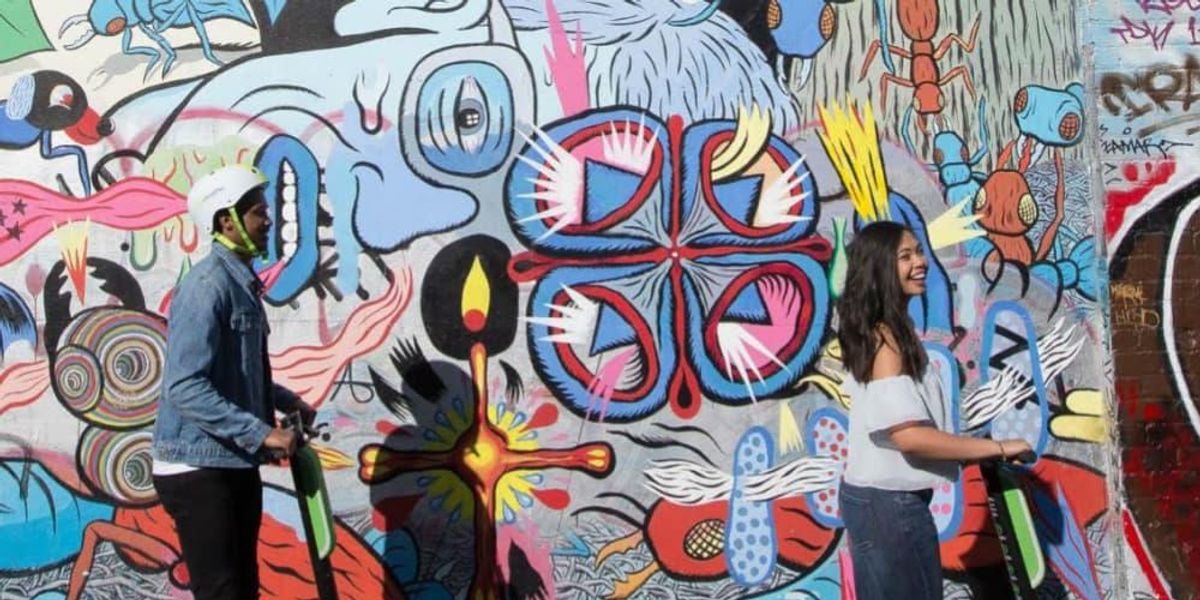I would be curious to know what the average utilization rate is of a car in the city... I'd reckon that it's less than 10%. If utilization could be increased to 20% while keeping demand constant (A probably unrealistic assumption!), it would follow that a city would need only half as many cars.Except that all those robotaxis supposedly flooding the cities will need to park someplace to save costs while waiting for the next fare. And there still needs to be someplace for the delivery trucks and service vehicles to park so that the street cafe has food to serve and toilets that flush.
Because of the lower quantity of vehicles, the space these vehicles were taking can be repurposed. Parking can also be further from high value areas allowing for better utilization of space in these areas.





